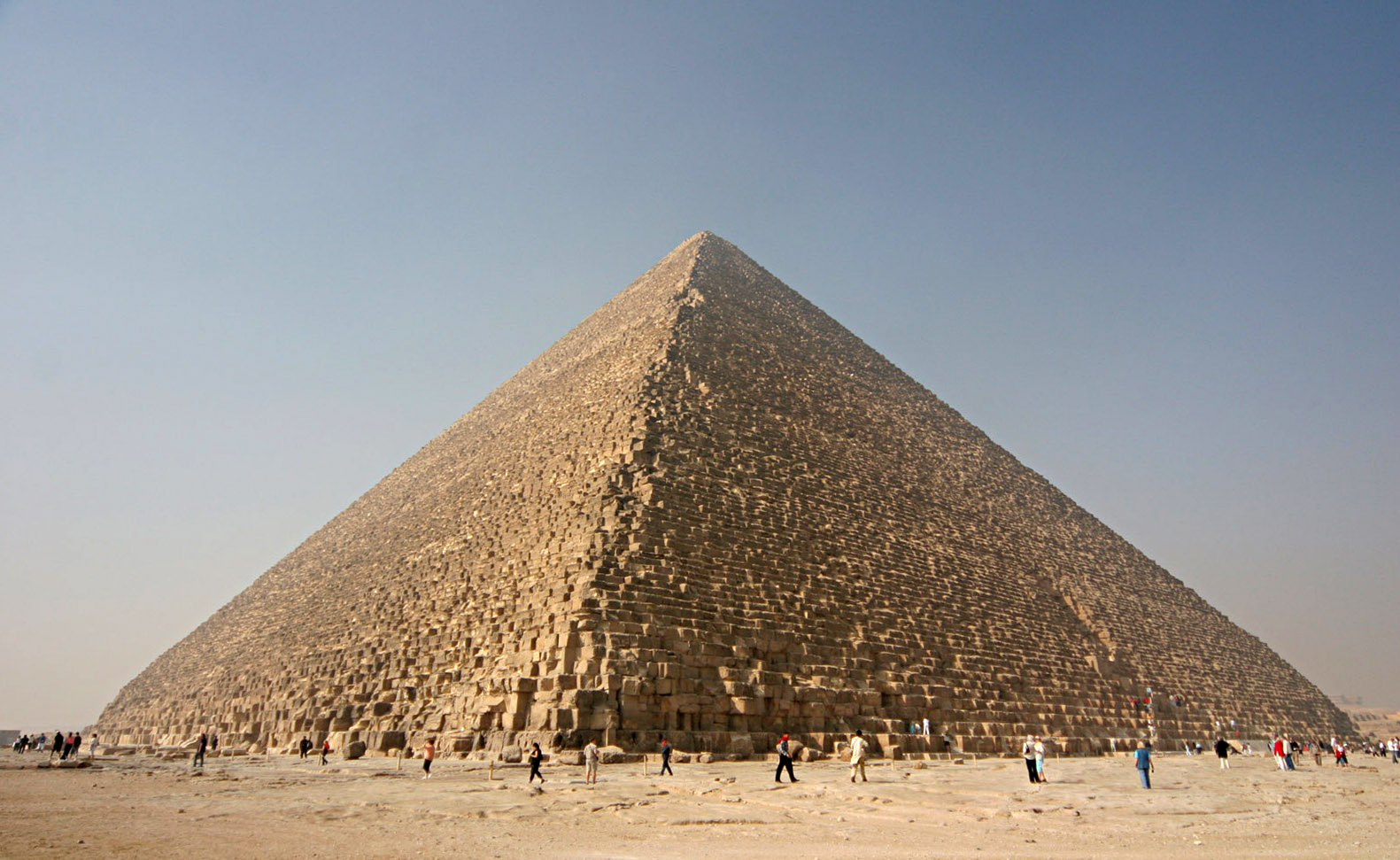
The Pyramids of Giza stand as timeless monuments to ancient engineering marvels, captivating the imagination of people worldwide for centuries. Among these architectural wonders, the Great Pyramid of Giza holds a place of unparalleled fascination. In this blog post, we delve into five intriguing facts about the Pyramids of Giza, focusing particularly on the Great Pyramid, to unravel the mysteries of these awe-inspiring structures.
The Great Pyramid of Giza is the largest and most famous of the three pyramids located on the Giza Plateau, near Cairo, Egypt. Constructed during the Fourth Dynasty of the Old Kingdom of Egypt, it was originally built as a tomb for the Pharaoh Khufu, also known as Cheops. Standing at a height of approximately 481 feet (146.6 meters), it held the record for the tallest man-made structure in the world for over 3,800 years.
The precision and ingenuity of the Great Pyramid's construction continue to astound researchers and historians. Built with an estimated 2.3 million limestone blocks, each weighing between 2.5 and 15 tons, the pyramid's design showcases advanced knowledge of mathematics, astronomy, and engineering. The alignment of the pyramid's sides with the cardinal points of the compass is remarkably accurate, with only a slight deviation from true north.
Despite extensive research and speculation, the exact methods used by ancient Egyptians to construct the pyramids remain a subject of debate. One prevailing theory suggests that workers used ramps made of mud brick and limestone to transport the massive stone blocks to the construction site. Another hypothesis proposes the use of internal and external ramps spiraling around the pyramid's core. Regardless of the method employed, the sheer scale and precision of the construction stand as a testament to the ancient Egyptians' architectural prowess.
While the exterior of the Great Pyramid is awe-inspiring, its interior holds its own mysteries waiting to be discovered. The pyramid features three primary chambers: the King's Chamber, the Queen's Chamber, and the Grand Gallery. The King's Chamber, located near the center of the pyramid, houses a granite sarcophagus believed to have contained the pharaoh's remains. Despite the chamber's grandeur, no definitive evidence of Khufu's burial has been found, fueling speculation about the pyramid's true purpose.
Beyond their sheer architectural grandeur, the Pyramids of Giza hold profound symbolic and cultural significance. In ancient Egyptian religion and cosmology, the pyramid symbolized the primordial mound from which the earth emerged and the sun god's rays descended. The pyramids also served as elaborate tombs, believed to safeguard the pharaoh's soul in the afterlife and ensure their eternal rule. Today, these iconic structures continue to inspire awe and wonder, drawing millions of visitors from around the world to marvel at their timeless splendor.
In conclusion, the Pyramids of Giza, particularly the Great Pyramid, stand as enduring testaments to the ingenuity, skill, and spiritual beliefs of the ancient Egyptians. As we unravel the secrets of the pyramids, we gain deeper insights into the rich history and cultural heritage of ancient Egypt, leaving us in awe of the remarkable achievements of our ancestors.
For more fascinating facts about the Pyramids of Giza and ancient Egypt, stay tuned for our upcoming blogs!